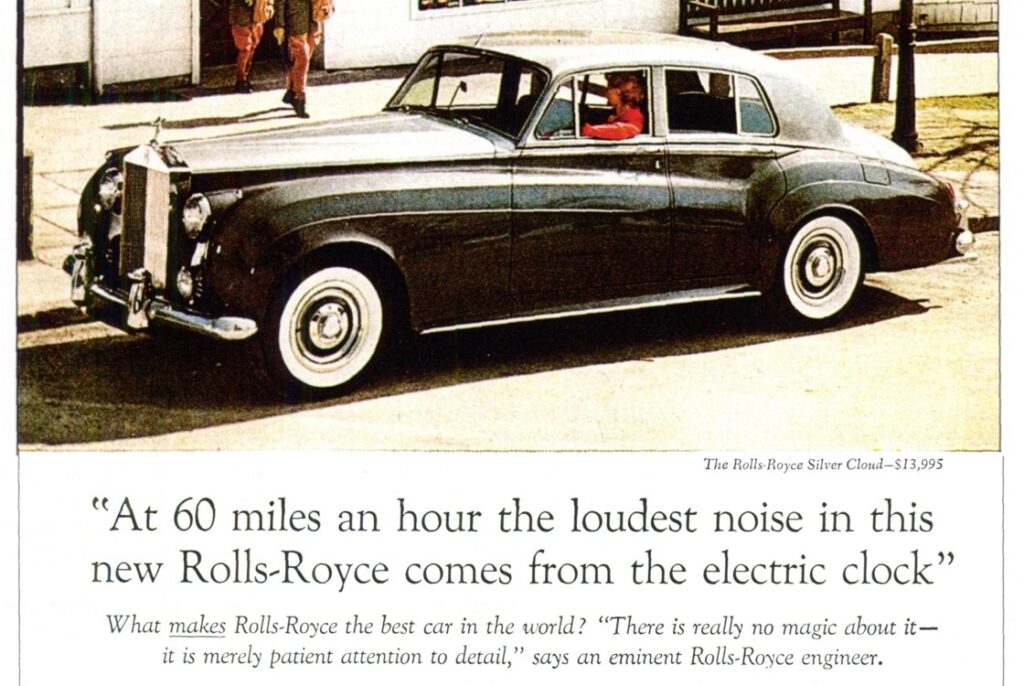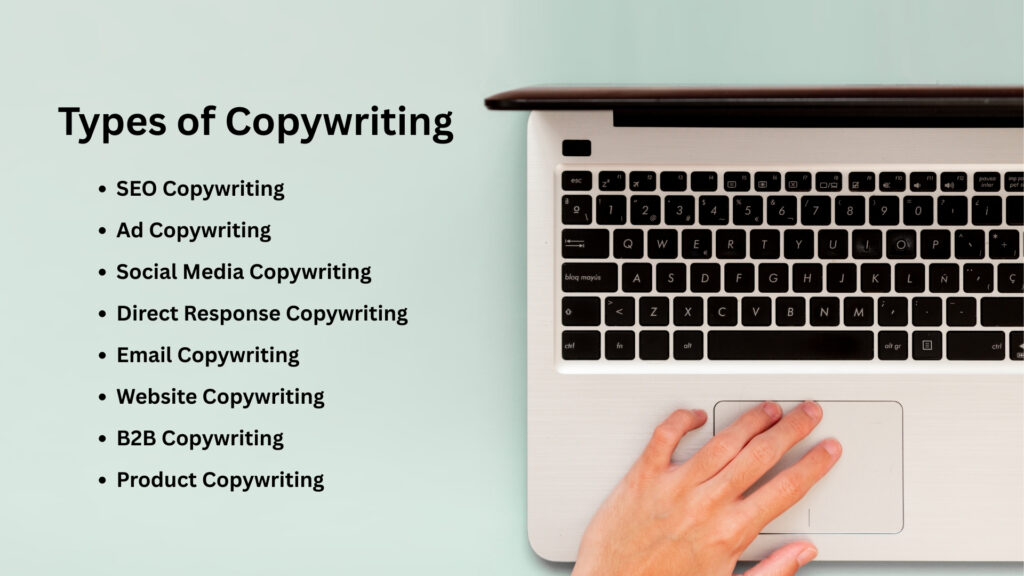You’re investing hours into perfecting your website but visitors come and go without clicking a thing. No sign-ups, no sales, just silence. Have you ever clicked on an ad because the headline hooked you? That’s what is copywriting all about, the reason behind most marketing success you see today.
Brands have only a few seconds to make an impression because people lose focus quickly. Copywriting is not just about writing. It’s about writing that sells, connects, persuades, and drives action.
This guide is for anyone who wants to understand the art and science of copywriting. Whether you’re a beginner, a freelancer, or a business owner trying to improve your marketing copy, we’ll find the techniques, the psychology, and the career paths in this field. You’ll learn not only how copywriting works, but why it works, with human insights, emotional depth, and data-backed evidence.
What Is Copywriting?
Copywriting is writing words that sell. It’s a skill of writing text that promotes products, services, or ideas in advertising and marketing. Writing a best copy means sharing information and influencing behavior.
A copywriter writes words that inspire readers to take action, such as buying a product, signing up for a service, clicking a link, or simply believing in a brand. These actions may seem small, but when done right, they lead to massive results.
Content Writing vs. Copywriting
A content writer explains how a Rolls Royce is made. A copywriter makes you want to buy it. Content writing builds trust and improves SEO rankings over time, while copywriting pushes people to take action quickly. When used together, both can help a business grow faster.
Here’s a simple comparison:
| Copywriting | Content Writing |
| “Buy our course — enroll today!” | “Here’s how our course helps you grow.” |
| Focuses on closing a sale | Focuses on building long-term authority |
| Uses strong CTAs | Has an informative tone with fewer CTAs |
Purpose of Copywriting
The purpose of copywriting isn’t just to make things sound good. It’s about:
- Driving action: Every word is carefully chosen to push readers closer to making a decision.
- Sparking emotion: People don’t just buy with logic. Emotions like fear, desire, or trust often influence purchases.
- Building brand identity: Consistent, strategic messaging helps create brand awareness and loyalty.
- Overcoming objections: Great copy addresses concerns before the customer even asks.
How to Write Copy That Drives Action
Take a famous Rolls-Royce ad created by David Ogilvy in 1958. That single line spoke volumes: luxury, precision, and class, without needing to say “buy now”.
At 60 miles an hour, the loudest noise in this new Rolls-Royce comes from the electric clock.

The Power of the Written Word
Words are invisible tools that can influence decisions. Certain word patterns can change how people think and act. For example, using the word “because” makes people more likely to agree, even if the reason isn’t very convincing. Simply having a reason helps.
Compelling Call to Action (CTA)
A CTA is the heart of copywriting. It compels the audience to take action. Weak calls to action, such as ‘Click here,’ are often ignored. A strong CTA creates urgency like:
- Start your free trial now.
- Take advantage of a 50% discount today — limited time offer, ends at midnight.
These phrases tap into emotions (free, urgency, gain) and give a clear direction.
Understanding the Audience’s Needs
The best copywriters don’t just write; they research. They dig into:
- Customer pain points
- Desires and goals
- The language their audience uses
This helps build buyer personas, detailed profiles of ideal customers, allowing copywriters to craft personal messages, not general ones.
Personal tip: If you’re writing to sell skincare to women in their 30s, don’t just say “anti-aging formula.” Instead, say “wake up with glowing skin.” It speaks to their desires, not just the features.
Types of Copywriting

1. SEO Copywriting
SEO copywriting is all about writing content that ranks well on search engines like Google. Content copywriting focuses on creating valuable content like blogs, guides, or ebooks. It includes using the right keywords, tags, and valuable information. Website copy must follow important SEO steps to rank faster. Example: A guide: “The Beginner’s Guide to Building a Successful Etsy Store in 30 Days.”
2. Ad Copywriting
Ad copywriting is the magic behind catchy advertisements. It’s short, bold, and persuasive. Its job? Grab attention fast and make people to take action. Example: A Facebook ad saying: “Tired of sleepless nights? Try our all-natural sleep drops. 50% off today only!”
3. Social Media Copywriting
This type focuses on creating content for platforms like Instagram, LinkedIn, or TikTok. It’s friendly, conversational, and shareable. Example: An Instagram caption: “Monday mood: coffee first, conquering the world second #MondayMotivation”
4. Direct Response Copywriting
Direct response copywriting pushes your reader to take immediate action. It’s persuasive, personal, and laser-focused on results. Example: “Ready to lose 10 pounds in 30 days? Click below to start your free meal plan now!”
5. Email Copywriting
Email copywriting focuses on writing newsletters, promotions, and follow-ups. It’s about connecting directly with your audience’s inbox. Example: “Hi Sarah, we noticed you left something in your cart. Complete your purchase today and enjoy 10% off – just for you!”
7. Website Copywriting
This includes writing homepages, service pages, about sections, and more. It’s your brand’s voice online. Website copy shows who you are, what you do, and why people should care. Example: Homepage headline: “Helping busy entrepreneurs automate their business—one smart system at a time.”
9. B2B Copywriting
This is copywriting targeted at other businesses. It’s informative, strategic, and focused on value. Businesses think differently than consumers. B2B copy speaks to decision-makers and explains how your product solves their problems. Example: “Our cloud storage solution reduces downtime by 60%, helping your IT team stay focused on what matters.”
10. Product Copywriting
Product copywriting focuses on individual products. It explains the features and benefits clearly and makes the product appealing. People won’t buy what they don’t understand or connect with. Great product copy creates desire. Example: “Ultra-light sneakers with memory foam soles—perfect for all-day comfort and style.
Final Words
You don’t need to be a marketing expert to start writing copy that works. All you need is a clear understanding of your audience and the willingness to experiment.
Start with one goal. Do you want more sign-ups? More clicks? More engagement? Decide that first, and then write every line with that goal in mind. Use simple language. Talk like your audience talks. Don’t try to sound smart, aim to be understood.
Focus on benefits, not features. Instead of listing what your product does, show people how it will make their life better. Don’t be afraid to write multiple drafts. Strong copy comes from testing, editing, and improving what doesn’t work.
If you’re unsure where to begin, pick one section of your website and rewrite it using what you’ve learned here. Keep it short, clear, and action-driven. Most importantly, trust your voice. Your words can make someone click, buy, or believe.
Explore how the future of digital marketing is evolving in Pakistan specialliy in 2025. You’ve learned the why and the how. Now it’s your turn to write copy that moves people.
